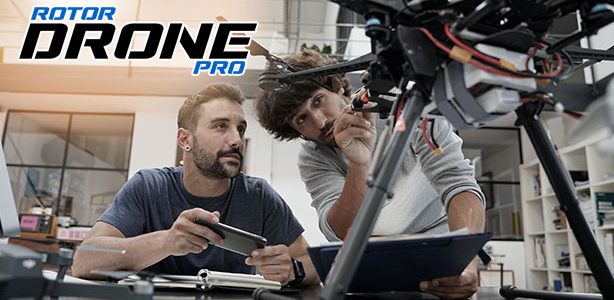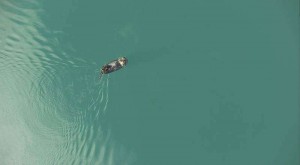This is a very good use of a multirotor by researchers.
by Sue Mitchell
Watching marine life to gather data about behavior and abundance can be tedious and time-consuming for researchers, but recent studies indicate unmanned aircraft may offer a way around such obstacles.
University of Alaska Fairbanks scientists conducted two field studies to see if unmanned aerial vehicle cameras at various altitudes can take high-resolution photographs of beaches at low tide and hover above sea otters without disturbing them.
“For the most part, the otters didn’t care,” said Brenda Konar, a professor at UAF School of Fisheries and Ocean Sciences. “Some would slowly swim away, but most were more interested in eating.”
UAF School of Fisheries and Ocean Sciences researchers asked a team from the Geophysical Institute’s Alaska Center for Unmanned Aircraft Systems Integration to help them to be more efficient and collect better data on two different studies. The first study, with the U.S. Geological Survey, was to see if UAV cameras can take high-resolution video while hovering above sea otters to watch them feed without disturbing them. The second study used unmanned aircraft to take photos of beaches at low tide to help make a monitoring program more efficient. If these trial studies prove useful, this technology could be used in many regions.
ACUASI sent two small rotary wing aircraft to conduct the field tests in Homer, Alaska.
“We want to record what plants and animals are living on these beaches now so that we can monitor natural changes and changes that may be occurring with climate,” Konar said. “This will let us see what changes happen in the case of a big event, such as an oil spill.”
Traditional beach fieldwork for the monitoring studies means Konar, Katrin Iken of SFOS and their team wait until the tide goes out to place a PVC pipe grid on the uncovered shore. Researchers then count snails, sea stars, kelp, clusters of sea grass and other living things in the quadrats.
Read more at: Phys.Org




















